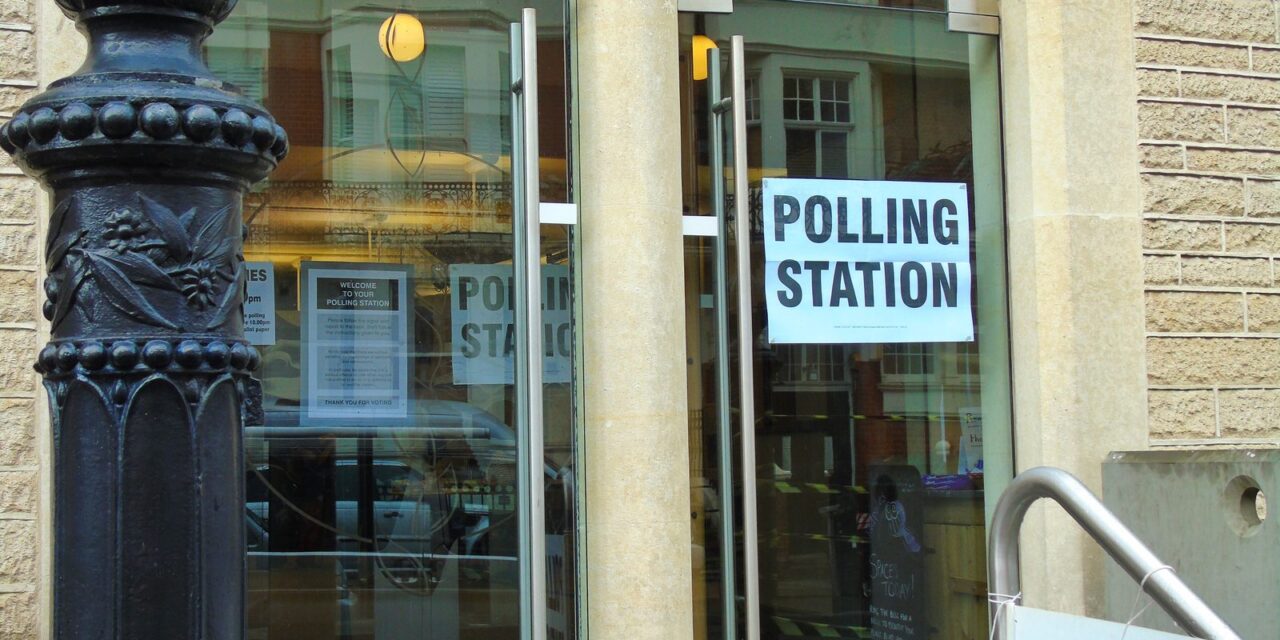Everyone knows, or should know, that the electorate that turns out in federal midterm elections is distinct enough from the electorate that turns out in presidential elections that it is hard to draw lessons from one that reliably apply to the other. It’s treacherous enough to try to apply lessons from the last presidential election to the next one.
So, it’s important to remember that just because Scott Walker won reelection in Wisconsin, for example, this does not necessarily mean that Wisconsin in going to be in play for the Republicans in the 2016 election. It should be remembered that the last time Wisconsin voters opted for a Republican presidential candidate was in Ronald Reagan’s 1984 reelection campaign, a campaign that carried every state but Minnesota.
On the other hand, the 2000 (48%-48%) and 2004 (50%-49%) results in Wisconsin were very close. It’s one of the reliably blue states that could conceivably flip in a competitive election. That’s why I am not comfortable putting Wisconsin behind a Blue Wall, as moderate conservative columnist Chris Ladd did in his post-midterm analysis.
For Mr. Ladd, the midterms were mostly bad news for Republicans, mainly because they did nothing to improve the party’s prospects in the Electoral College:
Few things are as dangerous to a long term strategy as a short-term victory. Republicans this week scored the kind of win that sets one up for spectacular, catastrophic failure and no one is talking about it.
What emerges from the numbers is the continuation of a trend that has been in place for almost two decades. Once again, Republicans are disappearing from the competitive landscape at the national level across the most heavily populated sections of the country while intensifying their hold on a declining electoral bloc of aging, white, rural voters. The 2014 election not only continued that doomed pattern, it doubled down on it. As a result, it became apparent from the numbers last week that no Republican candidate has a credible shot at the White House in 2016, and the chance of the GOP holding the Senate for longer than two years is precisely zero.
The basis for this argument is that the Democrats have locked down 257 Electoral College votes. And Mr. Ladd takes a perhaps counterintuitively dim view of the midterm results in Virginia where he sees the Republicans losing the Senate seat even in the most optimal circumstances for winning it, proving to him that Virginia should now also be included behind the Blue Wall. If you include Virginia, the Democrats have locked down the 270 Electoral Votes needed to win the presidency before the candidates have raised the first dime for their campaigns.
I have made similar arguments in the past, but I think we ought to go ahead and hold presidential elections anyway because things do not remain as static as Mr. Ladd would like us to believe. It is not easy for a party to win three straight presidential elections. Since Eisenhower defeated Truman Adlai Stevenson, it has happened only once (1980-1984-1988) and it ended in grief for George Herbert Walker Bush, who was trounced in his reelection bid in 1992. Since that 1988 election, the GOP has won the popular vote only once, in 2004, and it won the presidency that year with no margin to spare. Had they lost either Ohio or Florida, Democrat John Kerry would have been elected president despite losing the popular vote.
Parties change, circumstances change, demographics change, and people get tired of the same old thing and look to make changes. The Blue Wall is not as impenetrable as it may seem.
Our politics still have the potential to surprise us. Who predicted that the Republicans would win the governor’s race in Maryland or that Mark Warner would struggle to win reelection in Virginia.
Still, there can be no doubt that in any election with anything near normal presidential-level turnout, the Republicans are behind the eight-ball. Unless a strong third-party or independent candidate emerges to upset the apple cart, the Democrats really do have an Electoral College advantage. It’s just not as rock-solid as Mr. Ladd thinks it is.







